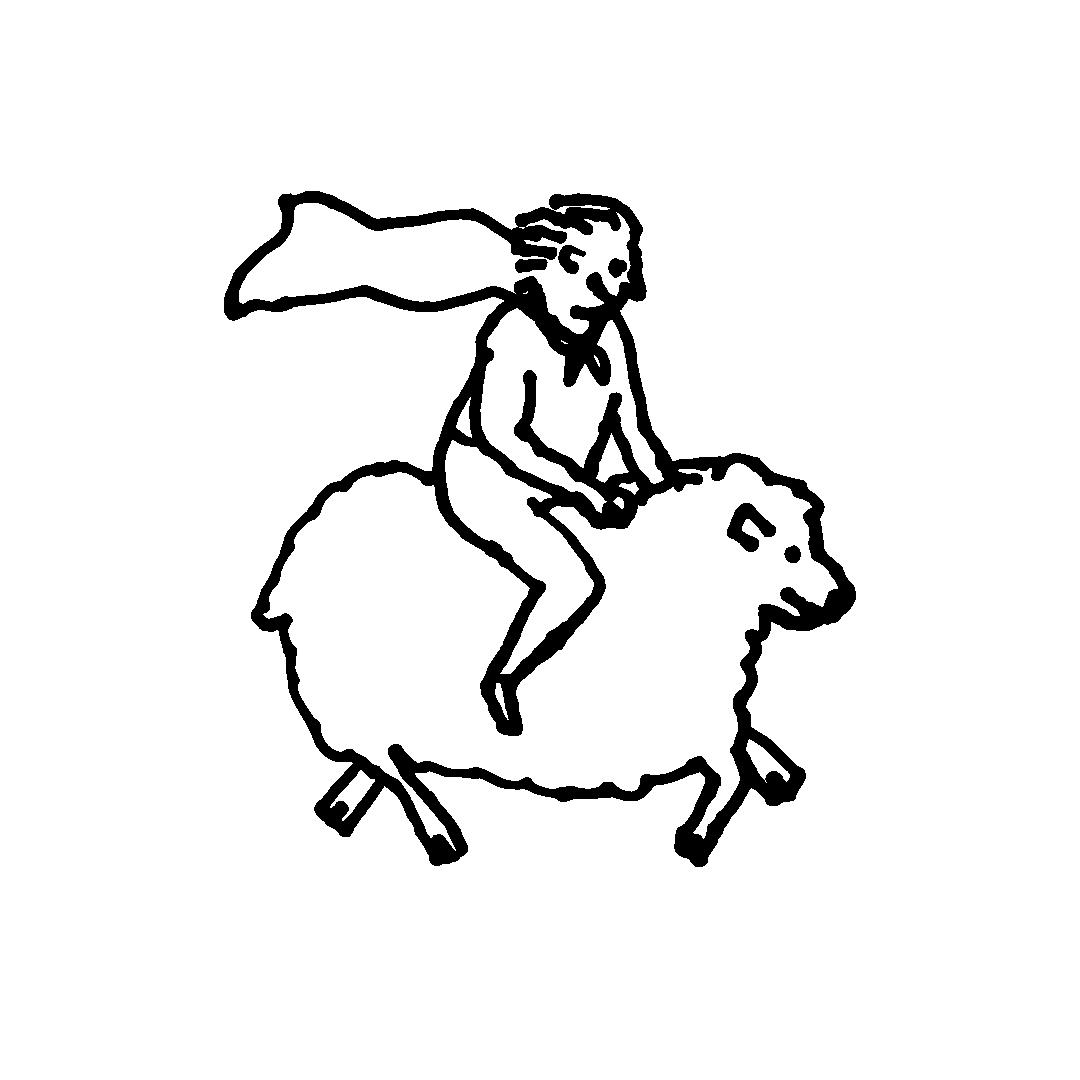EARTH DAY
A day to do better? Or just another day to look like it?
Every April 22nd, the planet trends.
Brands rebrand.
Products turn green (or at least, green-adjacent).
There’s a lot of nature imagery. There’s a lot of green.
But not much that actually grows or is real. Fewer nature-based solutions.
It’s Earth Day.
A day created with purpose — and slowly eroded by performance.
So here’s our take. Not a celebration.
Just a few thoughts on what this day means. And what it could mean.
1. The Language Problem
We talk about “saving the planet.”
But the planet doesn’t need saving.
It will carry on. What we’re really trying to save is the version of it we can live on. Still, brands love words like “green,” “eco,” and “conscious.”
Big enough to sound impressive.
Small enough to avoid specifics.
We choose clarity over charisma.
So we say: regenerative Merino. Biodegradable fibres. Carbon-negative impact. Not because it’s catchy. But because it’s true.
You wouldn’t want your food labelled “natural” if it was pumped full of additives.
So why let clothes get away with being labelled “conscious” when their impact isn’t?
2. The Timeline Problem
Real change doesn’t happen on a single day.
It happens in product roadmaps. Supply chains. Internal conversations.
It happens in seasons. Slowly, quietly, and then all at once.
In the switch to a traceable fibre. The decision to work with one less supplier because their values don't match yours, fully and without compromise.
In the uncomfortable meetings. The questions asked behind closed doors.
Earth Day doesn’t fix things. But it does give us a moment to pause — and ask better questions.
Like:
What’s the material made of?
Who grew it?
What journey did it take to get here?
What happens when you’re done with it?
If those answers aren’t clear, the sustainability claim isn’t either.
3. The Accountability Problem
There’s a fine line between impact and impression.
And Earth Day walks it every year.
We’ve seen too many “eco launches” that are anything but. Too many vague pledges with no path behind them.
Our view?
If you’re going to talk about impact, back it up.
With data. With traceability. With third-party certifications.
Or better yet, with a fibre that speaks for itself.
One you can trace all the way back to a single farm.
So where does that leave us?
Still learning. Still building. Still questioning the language of sustainability, and trying to make our own version mean something.
We won’t hijack Earth Day with a discount.
Or launch a limited-edition leaf graphic.
But we will keep doing the work.
And when the time’s right, we’ll talk about it.
Probably not on the same day as everyone else.
Because if every day’s a marketing day, nothing really changes. And we think that’s what Earth Day was meant to be about in the first place.








